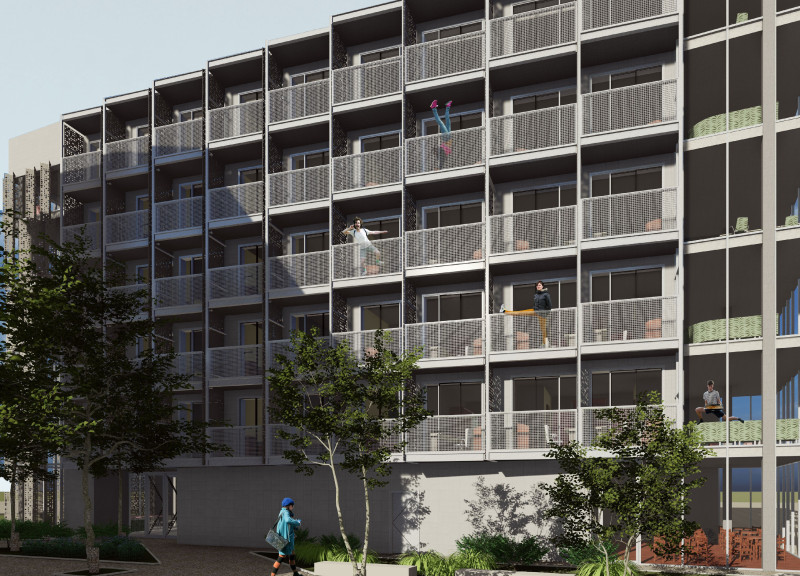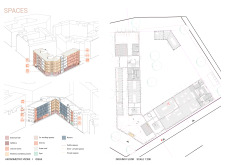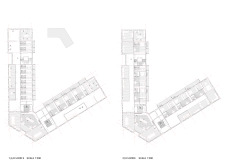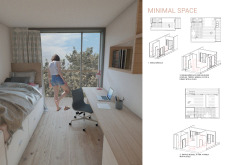5 key facts about this project
The building's architecture leverages a modular design approach, allowing for flexibility in living arrangements. Each unit is configured to accommodate varying household sizes, from singles to families, emphasizing inclusivity. The integration of communal spaces such as lounges, co-working areas, and shared kitchens enhances opportunities for resident interaction, fostering a sense of community within the living environment.
Unique Design Approaches
One defining characteristic of this project is its emphasis on adaptability. The modular living units can be easily reconfigured based on the evolving needs of residents, making the design relevant for a dynamic urban demographic. The use of sustainable materials aligns with contemporary environmental considerations, thereby improving the building's overall efficiency.
Architectural elements such as the building's facade feature modular balconies, which allow residents to personalize their outdoor space. Additionally, perforated metal screens provide privacy while managing sunlight exposure within the units. The balance of public and private areas in the design promotes interactions among residents while ensuring comfortable retreat options.
Specific Innovations
The project's interior layouts are designed to maximize space efficiency while maintaining a warm and inviting atmosphere. Each living unit is equipped with essential amenities, including compact workspaces and ample storage solutions. Communal areas are strategically positioned to facilitate social engagement, equipped with adaptable furniture that can accommodate various activities.
Sustainability is another major consideration in the design, with energy-efficient systems integrated throughout the building. This focus not only enhances the living experience but also promotes responsible resource use among residents.
For a detailed analysis of architectural plans, sections, and designs, those interested are encouraged to explore the presentation of the project further. Engaging with the project's architectural ideas offers deeper insights into its unique characteristics and functional designs.


























